5 Interior Design Mistakes to Avoid & How to Fix Them

Let's talk about five things to avoid to ensure harmony in your home design. Eliminating these issues will help you to create balanced, interesting, and inviting spaces. Sometimes, something throws off a room and gives you that “not quite right feeling” when you’re in it. I’ll tell you what to do instead.
Table of contents
1. Not balancing strong elements
Introducing a strong element, especially if it's large, hung from the ceiling, dark, or any combination of these, will draw your attention to it. If it's not balanced with a few items in a similar color or with some visual weight, your eye will not be able to stop looking at it and it will pull the focus away from the overall design.
Examples of this can be a ceiling fan, a light fixture, a large TV, or even a gorgeous fireplace surround. Items in black or very dark shades, for example, really draw attention to themselves.
Solution
Balancing them helps to stabilize the space and create a cohesive look by distributing the visual weight in the room and inviting the eye to take in the whole room.
Types of balancing items can be art framed in dark colors, vases, candle holders, books, and other pieces of decor dispersed throughout the room. Balancing in this way creates a harmonious arrangement that supports the strong element, integrating it into the space as a whole.
2. No focal point
On the other hand, a room without a focal point, even if it’s a strong element like we just discussed or something lighter in visual weight, will read as bland and uninteresting.
Without a central focus, there is no place for the eyes to rest, and a room can feel unorganized and barren at the same time. A visually prominent feature, especially one in an open plan, helps center the attention and make the room feel connected.
Solution
The same strategies used to balance strong elements can be used here. Fireplaces are natural focal points, but you can't always rely on them. You'll notice in this example that because of the colors and finishes in the room, including the fireplace, it kind of disappears, and your eyes are drawn to the few warm wood elements.
A solution here would be to bring some of those warm wood elements around the perimeter of the space and with a little more intensity near the fireplace, on the mantle, and at floor level.
Solution
In the absence of a natural focal point like a fireplace or view, you can establish one with artwork, a special wall treatment, or it could even be the TV and furniture around it. Then bring in those supporting items that tie into the space and draw the eye around the room while still allowing the focal point to take center stage.
3. No texture
A space without a variety of textures can look flat and one-dimensional. This can happen if we use too many smooth finishes like glass, metal, and smooth fabrics, and stone without balancing them with more textural materials like clay, wood, woven materials, and chunkier fabrics.
The key here is a balanced layering of materials with different textures to establish depth and interest.
Solutions
A great way to do this is to add texture to your room's envelope of floors, walls, and ceilings. Floors can be enhanced with area rugs that provide texture while helping to delineate open areas. You can bring some texture and dimension to your walls with drapery, wall treatments. and artwork. Ceilings can be treated with different types of treatments, including wood, which gives the space a warm and cozy feel.
Then bring in some textural pieces to fill the room's envelope like pottery, plants, pillows, throws, and other decor items. Layering textures in this way engages your senses not only visually, but through touch and the moderation of sound, as well.
Even in spaces where hard surfaces are predominantly wood, the addition of woven textures and plants can help soften things up and create an interesting juxtaposition with the harder elements.
4. Furniture against the wall
Lining furniture up against walls makes the room look disjointed and makes conversation difficult in an open plan. This is especially common in a room with a nice focal point like a fireplace or view.
Solution
Think about floating your furniture pieces in the space on an ample area rug around the focal point. This will create an intimate conversation area and a way to appreciate and draw attention to your focal point.
Solutions
For small spaces, you may be forced to have at least some of your furniture pieces on the wall. This is usually the sofa and it makes sense since this is the largest piece and can be part of the room's focus.
Think about pulling it away from the wall a few inches to give the room a more spacious feel. If there are windows there, this will be a great place to hang drapery. If it's a solid wall, artwork is a great option. I really like these picture frame rails that extend beyond the backs of the furniture piece, giving the wall and the room a little extra dimension.
5. Matching everything
It can be tempting to buy a matching furniture set or matching sets of anything because it's easy to do and it takes the fear out of making the wrong selection. But matched sets also take the originality and fun out of your space. Rooms furnished in this way can look generic and lack character and dimension.
So if you can, be patient and instead let your room evolve organically. Express your personality by incorporating items you already own, or buy vintage pieces and mix them with some new pieces.
You don't have to purchase everything at the same time and at the same place. Take your time and carefully curate your space. In the end, it will all be worth it because it will be a space that you will love to be in and that is the perfect reflection of you.
Harmonious interior design
Understanding basic, but common interior design issues and what to do to fix them is critical to living in a beautiful home. Sometimes we can’t avoid what is already built into the room, such as awkward architectural elements, but we can fix them with quick solutions like the ones I have listed above.
Please let me know in the comments if you have used these ideas in your home.
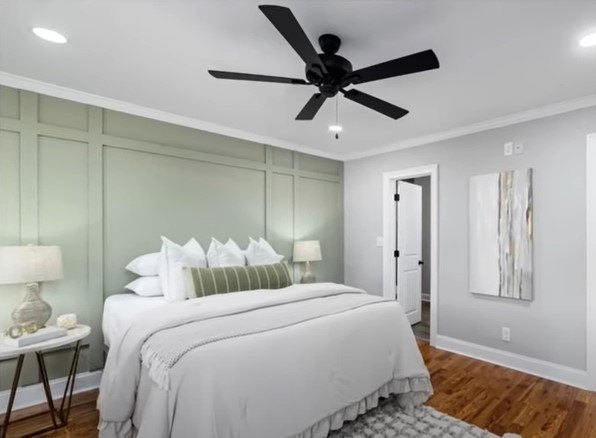













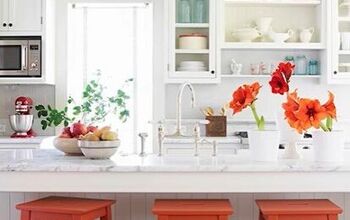
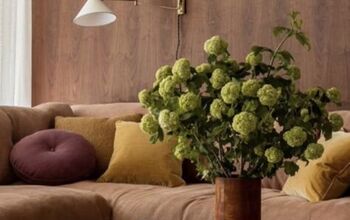




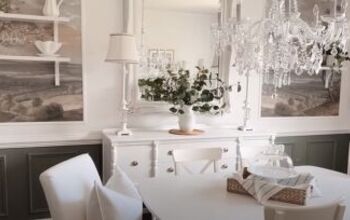





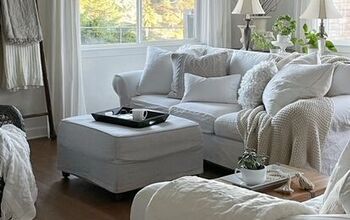



Comments
Join the conversation